iZUMi Report: What Factors Will Drive DeFi to Reach Trillions in the Next Phase of Growth?
Written by: iZUMi Research
In mid-February 2020, the amount of locked funds in DeFi applications first exceeded $1 billion. Fueled by the "DeFi Summer" of 2020, this figure saw a 20-fold increase in less than a year, reaching $20 billion. In the following 10 months, the $20 billion mark again saw a 10-fold increase, reaching an unprecedented height of $200 billion. With such a crazy growth rate, it is not hard to imagine that the DeFi industry will achieve another trillion-level growth in the next 1 to 2 years.
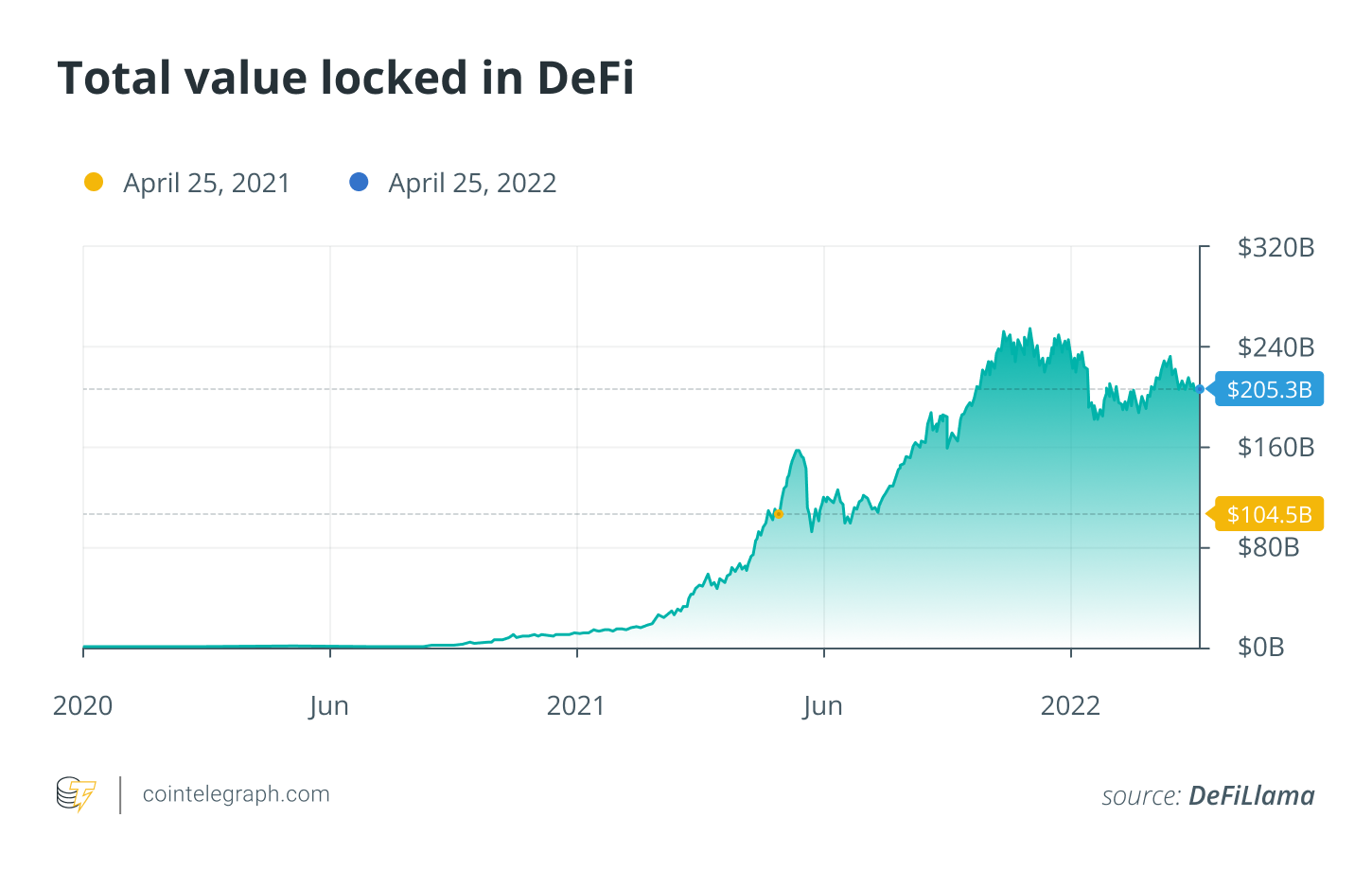
Image source: Cointelegraph
Such a milestone growth is inseparable from a core element ------ liquidity. Looking back, the growth of the DeFi industry can be divided into three eras, each making significant contributions to lowering the liquidity threshold, making the market more efficient and attractive.
DeFi 1.0 - Which Came First, the Chicken or the Egg?
Before 2020, DeFi protocols had already begun to emerge, but they all faced the "which came first, the chicken or the egg" problem regarding liquidity. Theoretically, users can provide liquidity for a lending platform or DEX, but before there is enough liquidity to attract traders or borrowers willing to pay fees or interest, there are not enough incentives to motivate liquidity providers.
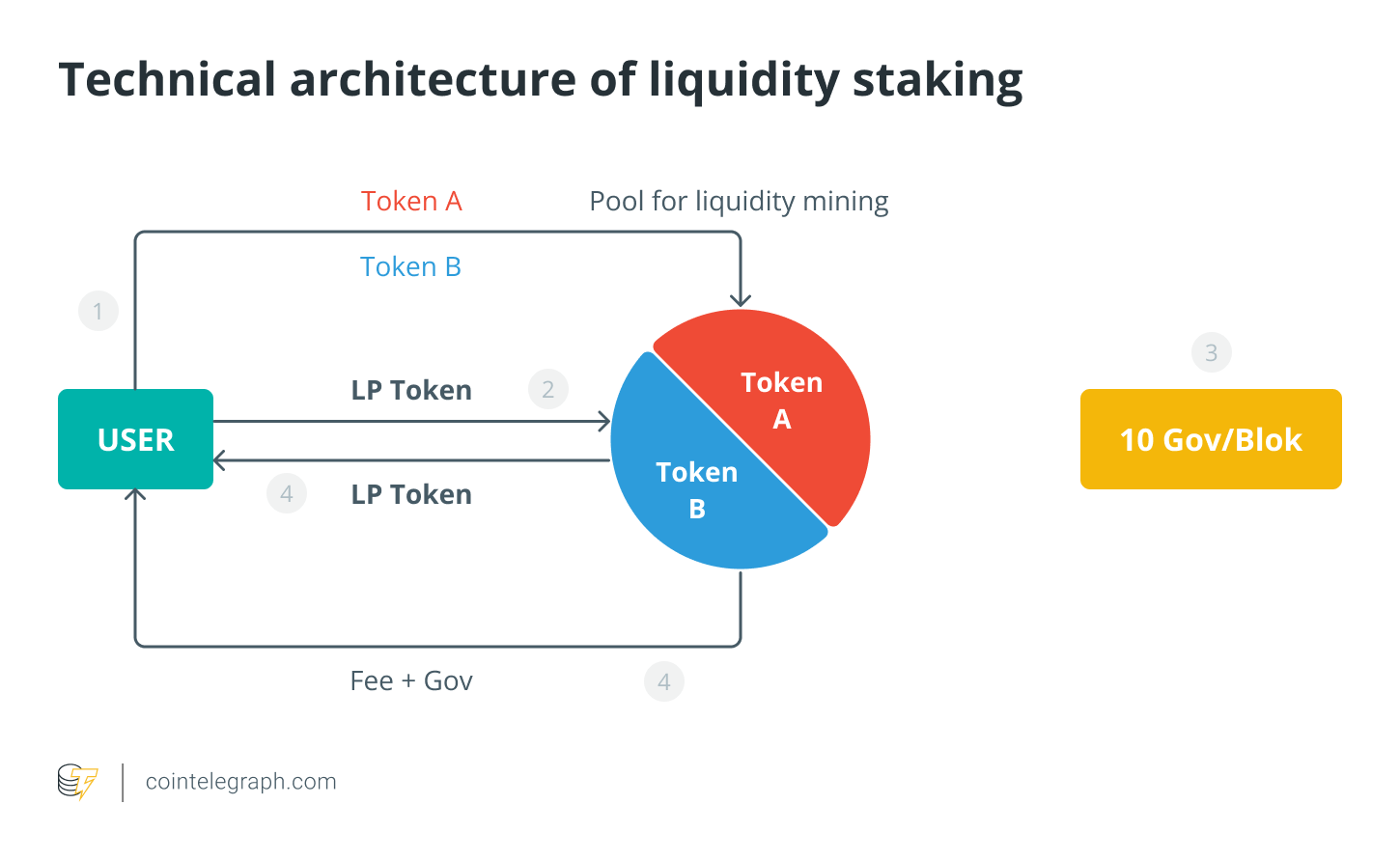
Image source: Cointelegraph
Compound was the first DeFi protocol to propose a solution to the chicken-and-egg problem. In 2020, they launched their own platform token. In addition to the interest provided by lenders, borrowers could also earn Compound's platform token COMP as a token while borrowing funds.

Image source: Cointelegraph
This initiative kicked off the DeFi Summer. SushiSwap's vampire attack on Uniswap further inspired subsequent developers to reward on-chain liquidity providers with their own platform tokens, sparking a liquidity mining craze.
DeFi 2.0 - Improving Capital Efficiency
This is the DeFi 1.0 era, a time when the locked funds in DeFi grew from $1 billion to $20 billion. DeFi 2.0 saw hope for growth from $20 billion to the stars, thus making significant improvements in capital efficiency. This era witnessed the growth of Curve, which refined Uniswap's AMM model, providing more concentrated trading pairs and lower slippage for stable assets.
Curve also introduced the innovative vote-escrowed (ve) token model to the industry, encouraging liquidity providers to lock their platform token rewards for the long term, making liquidity more reliable and sustainable.
Uniswap V3 also brought improvements in capital efficiency by introducing customizable range liquidity. Beyond the Ethereum network, DeFi developers drew inspiration from their predecessors and thrived on blockchains such as BNB Chain, Avalanche, and Polygon.
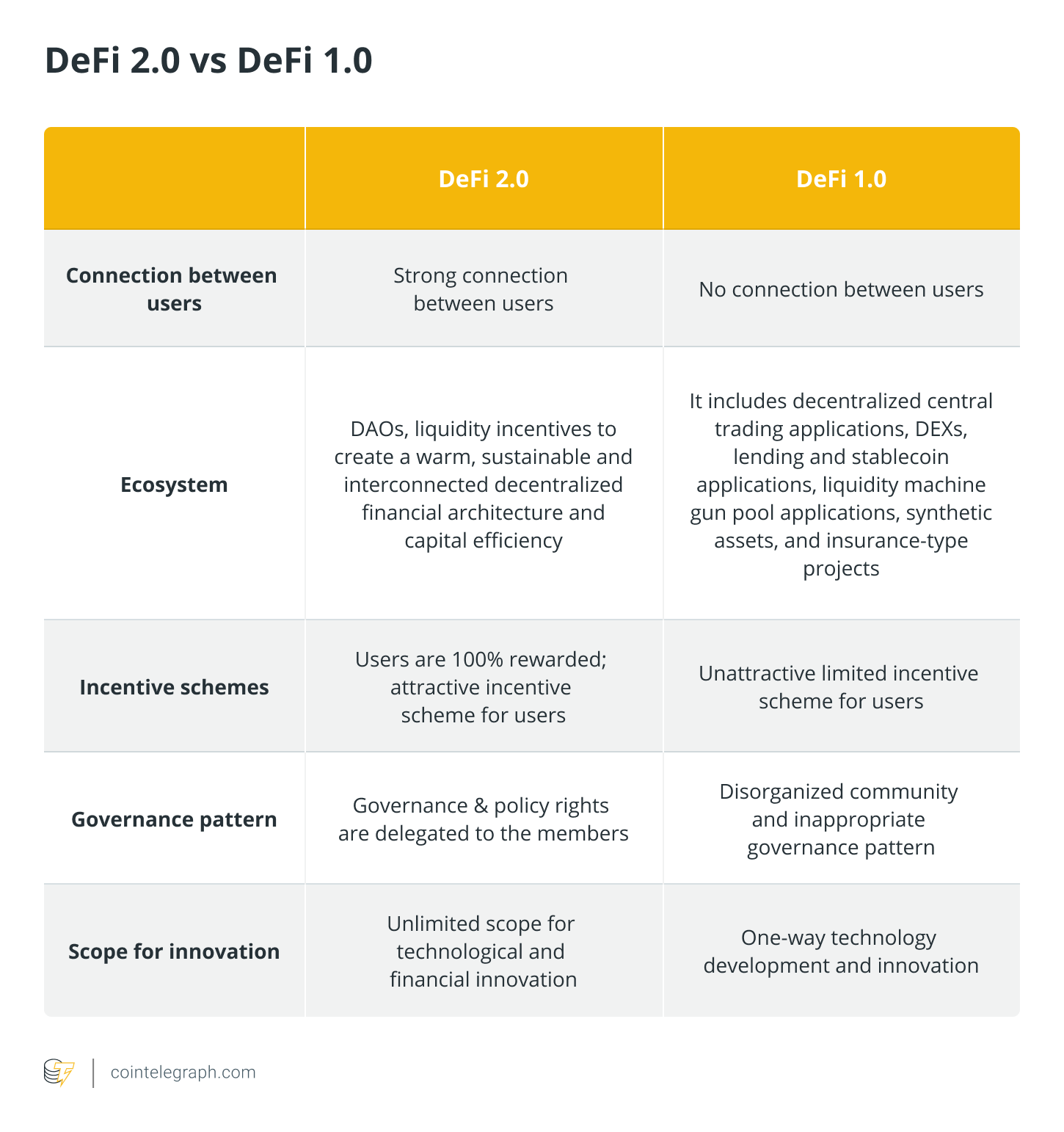
Image source: Cointelegraph
So, what factors will drive DeFi to reach a trillion-dollar valuation or more in the next phase of growth? I believe there are four key developments.
Decentralized Exchanges (DEXs) Moving Towards a Hybrid of Order Books and AMM
Under the slow speed and high fees of the Ethereum mainnet, the order book model has struggled to survive on-chain, while the automated market maker (AMM) model has been favored in the DeFi space.
However, with today's mature blockchain technology, high-speed and low-cost blockchain networks bring hope for introducing order book models into DEXs. High-speed computations can reduce slippage, while market makers can benefit from lower trading costs.
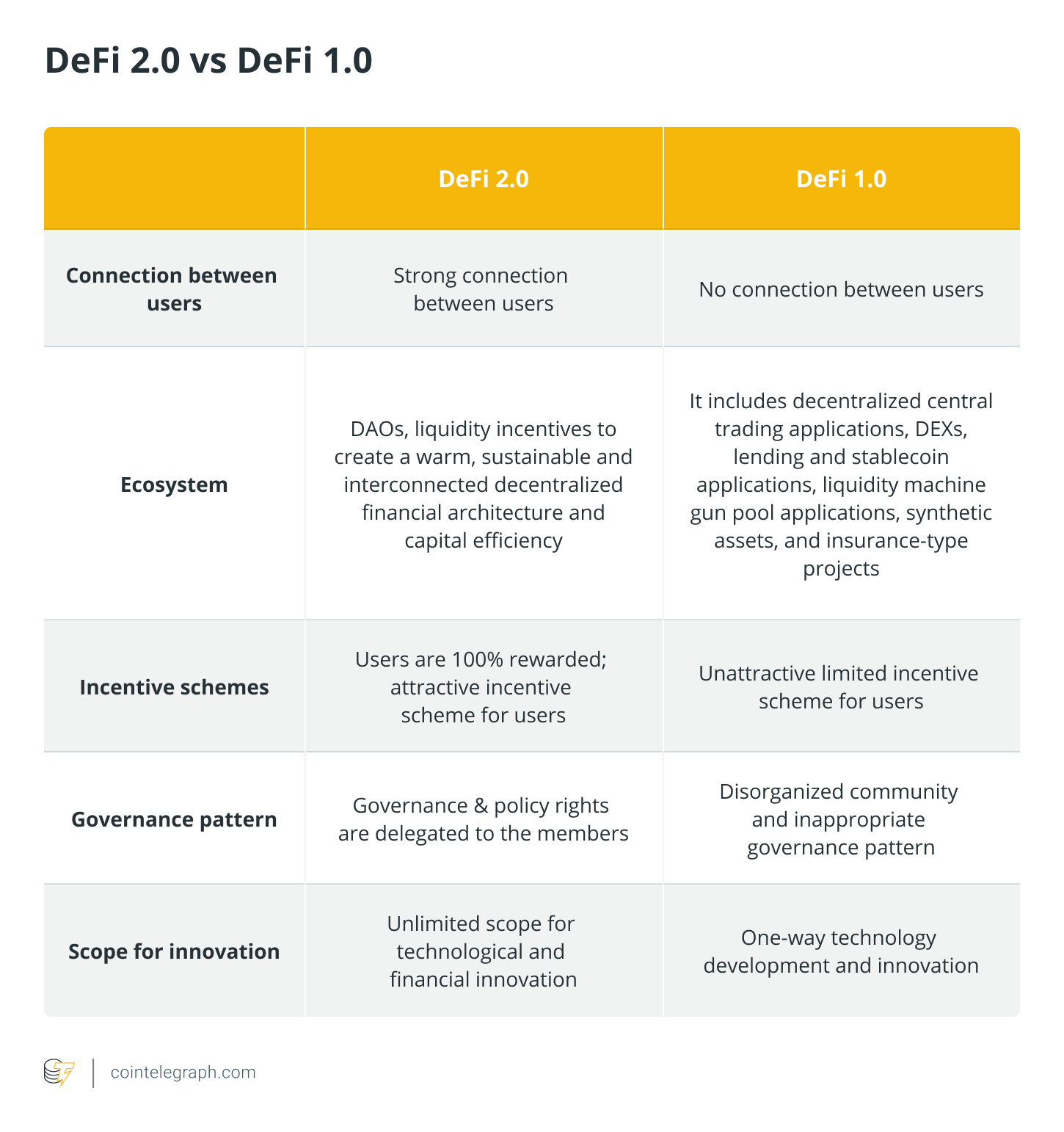
Image source: Cointelegraph
We can now see the order book model emerging from several decentralized exchanges ------ Serum on Solana, Dexalot on Avalanche, and Polkadex on Polkadot, just to name a few. The order book model also makes it easier for institutional professional investors to operate, as they are more familiar with limit order models.
Cross-Chain Interoperability
The surge of DeFi protocols outside the Ethereum network has led to liquidity being dispersed across various blockchain networks. Developers have attempted to use cross-chain bridge technology to facilitate the flow of funds across different blockchains, but the recent hacking incident involving Solana's cross-chain bridge Wormhole has raised concerns among users.
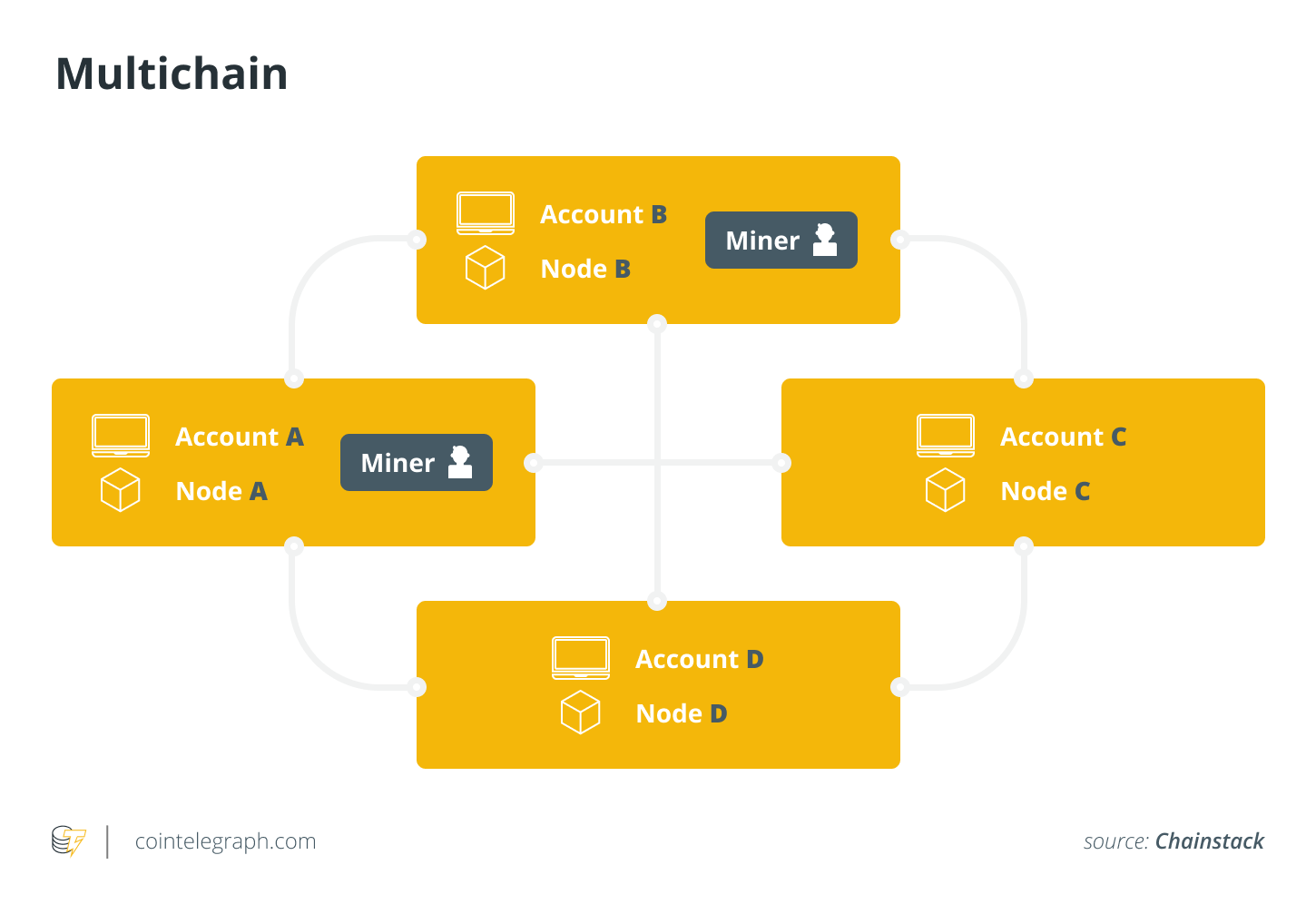
Image source: Cointelegraph
To effectively unlock the liquidity scattered across different blockchains, improve capital efficiency, and attract more investors, secure and reliable cross-chain interoperability has become a necessity. We can see many positive advancements, such as Binance's recent strategic investment in the cross-chain liquidity protocol Symbiosis. Similarly, another cross-chain liquidity protocol, Thorchain, has also garnered significant attention from users and investors.
Massive NFT Financialization
Over the past year, NFTs have helped push cryptocurrencies into the mainstream, thanks to eye-catching art sales and celebrity obsessions with blue-chip NFT projects like BAYC. However, DeFi protocols are ready to offer innovative financial products based on NFTs.
One example is iZUMi Finance. It provides financial services for the NFTs received by liquidity providers on Uniswap V3. The customizable liquidity features of Uniswap V3 inevitably mean that liquidity providers will receive NFTs (non-fungible tokens) as proof of their liquidity provision, which limits the liquidity mining rewards of Uniswap V2. iZUMi Finance's answer is programmable liquidity as a service (Laas), allowing protocols to allocate rewards based on price ranges.
Similarly, Solv Protocol has launched Vouchers Financial NFT to represent a certain share of cryptocurrency amounts.
Blockchain and DeFi Begin to Merge with Real Financial Markets
Now, cryptocurrencies are becoming a globally recognized financial asset. Over time, the boundaries between traditional finance and blockchain and DeFi are starting to blur, which is likely to develop in two directions. First, by bringing the liquidity of the established global financial system onto the chain, and second, institutions adopting crypto-related decentralized financial products.
Several cryptocurrency projects have launched institutional products, with more in the pipeline. Currently, there is an institutional wallet from MetaMask, while Aave and Alkemi operate KYC pools for institutions.
On the other hand, Sam Bankman-Fried is championing the cause of bringing the financial system onto the blockchain. In March, he spoke at the Futures Industry Association in Florida, suggesting to U.S. regulators that risk management in financial markets could be automated using practices developed for the crypto market. The tone of the FT article reporting on this story is telling ------ far from the previous disdain or contempt traditional financial media had for cryptocurrencies and blockchain, it now seems filled with astonishment and keen interest.
Everyone is speculating when DeFi will reach the trillion-dollar milestone. But those of us focused on the current pace of growth, investment, and innovation are optimistic, as we will achieve the trillion-dollar goal sooner or later.











